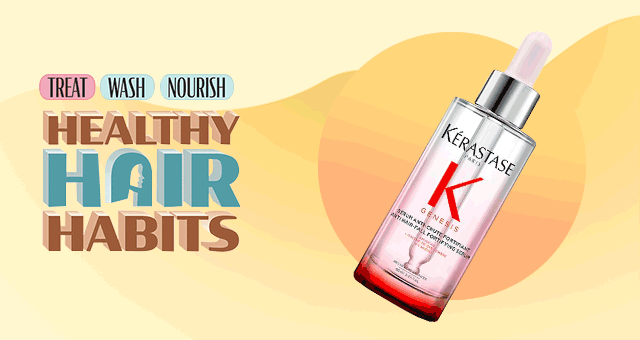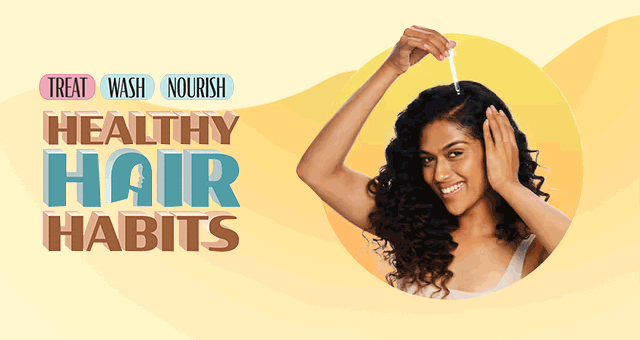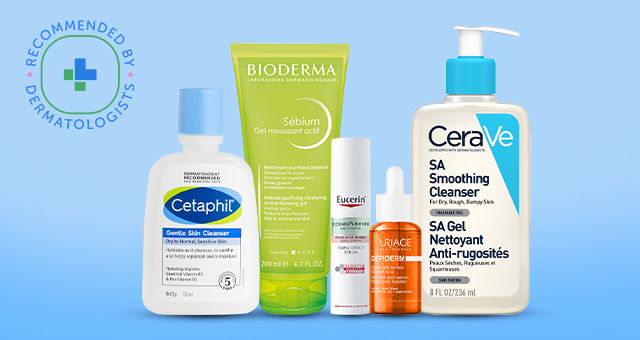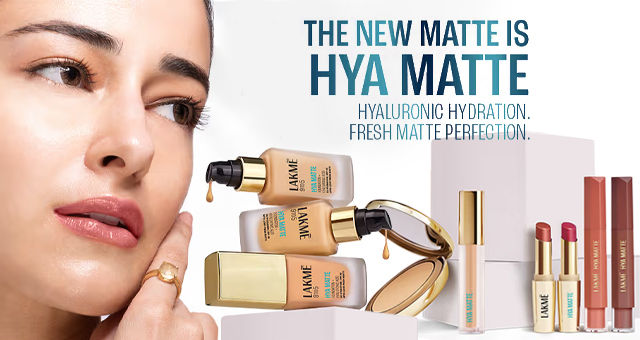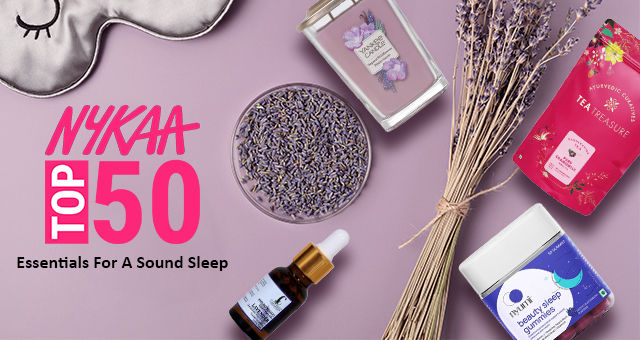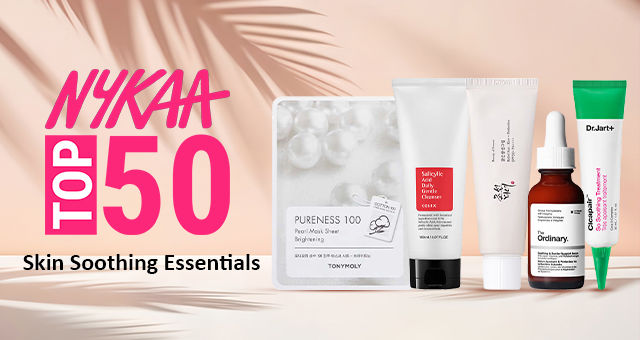
In This Story:
- Vitamin A
- Importance Of Vitamin A
- How Much Vitamin A Do I Need?
- Signs Of Vitamin A Deficiency
- Benefits Of Vitamin A
- Foods That Contain Vitamin A
- Vitamin E
- Importance Of Vitamin E
- How Much Vitamin E Do I Need?
- Signs Of Vitamin E Deficiency
- Benefits Of Vitamin E
- Foods That Contain Vitamin E
- Parting Thoughts
- FAQs
What plays a key role in healing wounds, building collagen, improving the immune system and spiking energy levels? A humble vitamin, of course. Sure, your body is a powerful machine capable of functioning on its own, but it can’t do so without the help of its key players a.k.a. vitamins. They keep your body healthy by doing everything from helping fight infections to ensuring proper core functioning.
Now, there are 13 essential vitamins of which we’re going to focus on two: Vitamin A and Vitamin E. Not only are these the most commonly found vitamins, but they are also the most vital. The universe is known to provide a nutrient in abundance when it is extremely beneficial for the body. The only reason we don’t get these vitamins or experience a deficiency is because we are not eating the right foods.
Vitamin A
Vitamin A is a fat-soluble nutrient that promotes healthy vision, teeth, skeletal tissue, and skin.
Importance Of Vitamin A
In order to sustain its many processes and general well-being, our body has to consume vitamin A on a daily basis. As an essential ingredient, vitamin A must come from our diet or supplements because your body is unable to create it on its own. It helps our hair, skin, vision, immunity, growth, and overall development. It is also vital for the maintenance of our organs and reproductive system.
How Much Vitamin A Do I Need?
According to doctors and physicians, the recommended dietary amount (RDA) for the majority of adult men is 900 micrograms (mcg), while the RDA for adult women is 700 mcg. The good news is that you may maintain your levels by including foods high in vitamin A in your meals. Moreover, vitamin A is unique in that the body can readily store it because it is fat-soluble.
Signs Of Vitamin A Deficiency
- Inflamed skin
- Dry eyes
- Night blindness
- Fertility issues
- Throat and chest infections
- Slow healing of wounds
- Increased acne and breakouts
Benefits Of Vitamin A
- Vitamin A is involved in the creation of certain cells that play a central role in stimulating immune responses.
- It plays a key role in sperm and egg development as well as fetal growth. Thus it’s pivotal for fertility and fetal health.
- The high levels of antioxidants may help protect against certain types of cancers, such as breast and ovarian cancer.
- Adequate amounts of Vitamin A help maintain eye vision and health by preventing eye diseases.
- The carotenoids in Vitamin A combat free radicals that can cause oxidative damage, thus lowering the chances of cardiovascular diseases and diabetes.
Foods That Contain Vitamin A
Here’s a lowdown on Vitamin A sources.
Vitamin A Fruits
1. Cantaloupe
Don’t let its roughly netted skin fool you; the cantaloupe with an orange-coral flesh inside is as sweet as it smells. Thanks to its high water content, it packs in low calories while delivering a good amount of fibre. As far as Vitamin A is concerned, it offers 19% of RDA per serving.
2. Mango
This fibre-rich fruit serves 35% of the RDA of Vitamin A along with a decent amount of B and C vitamins. The abundance of skin-friendly vitamins makes it a natural gut cleanser that ensures clear skin. What makes it even better are the high levels of phytochemicals that promote anti-ageing effects.
3. Watermelon
This low-calorie fruit is more than just a perfect summer treat. High in antioxidants and electrolytes, each juicy bite serves Vitamins A, C and B6 with virtually no fat. Also, the seeds are loaded with vitamins, minerals, and Omega 6 fatty acids, so you might want to reconsider throwing away the seeds the next time you tuck them into one.
4. Grapefruit
This tropical citrus fruit packs 28% of the RDA of Vitamin A while being additionally rich in Vitamin C. What makes it a healthier pick is its low-calorie count and high fibre content that works at controlling appetite. Regular consumption of grapefruit can help control insulin levels and prevent diabetes.
Vitamin A Vegetables
1. Carrot
When you crave something crunchy yet nutritious, nothing beats carrots. This antioxidant-rich root vegetable is loaded with beta-carotene, which when absorbed by the body is converted to Vitamin A. Apart from that, it is also a decent source of Vitamins B and K.
2. Spinach
Popeye knew right? Loaded with carotenoids, Vitamin K, iron, calcium and magnesium, spinach helps control oxidative stress and blood pressure. The carotenoids, when absorbed by the body, are converted into Vitamin A that can improve eye health.
3. Sweet Potato
Sweet potatoes contain high levels of beta-carotene that get converted into Vitamin A on absorption. Add to that, they also contain Vitamin C and B6 along with copper, manganese and potassium. Besides, they’re also replete with antioxidants that protect against radical damage and chronic diseases.
4. Bell Pepper
Bell peppers or sweet peppers are loaded with pro-vitamin A, which is converted to Vitamin A on absorption. Besides, it also contains Vitamins B6, C, K1 and E with exceptionally low calories. This can be credited to its high water composition (92%).
Vitamin E
Vitamin E is a fat-soluble antioxidant that mainly strengthens the body’s natural defence and slows the ageing process of the cells.
Importance Of Vitamin E
Things rich in vitamin E help keep our immunity up by attacking viruses and other bacteria. It also improves the quality and width of the white blood cells to avoid clotting and allows red blood cells to move freely. It also interacts with vitamin K to bring out the best of each other’s benefits.
How Much Vitamin E Do I Need?
The amount of vitamin E you require in your diet is not as much as Vitamin A. Men only require approximately 10 mg per day, while women require an average of only 7 mg. These values change based on your sex and stage of life.
Signs Of Vitamin E Deficiency
- Muscle weakness
- Low immunity
- Numbness and tingling sensation
- Coordination and walking difficulties
- Loss of vision
- Hair fall
- Dry, flaky skin
- Hormonal fluctuations
Benefits Of Vitamin E
- Vitamin E protects your body from cellular damage, thus, lowering the risk of many health ailments.
- It helps keep the immune system strong against viruses and bacteria.
- It helps in the formation of red blood cells and widens blood vessels to keep blood from clotting inside them.
- Vitamin E increases blood flow which improves scalp health and encourages hair growth.
- It plays a significant role in creating a protective barrier on the skin’s surface, which helps lock in skin moisture.
Foods That Contain Vitamin E
Here’s a lowdown on Vitamin E sources.
Vitamin E Fruits
1. Kiwi
If you love kiwis, you are in luck! This fuzzy brown fruit with green flesh on the inside is packed with Vitamins E, C, K, folate and potassium. Thanks to the copious amounts of antioxidants and fibre, it works at boosting immunity and improving digestion.
2. Avocado
Saturated with Vitamins E, C, K, B and A, avocados are also a great source of fibre and heart-healthy fats. Besides, it helps lower cholesterol and control blood sugar levels. The best part? Its versatility makes it a perfect addition to soups and smoothies as well.
3. Hazelnut
The next time you indulge in your favourite hazelnut chocolate bar, you don’t have to be racked with guilt. Why? Hazelnuts pack 21% of the RDA of Vitamin E. They’re also loaded with antioxidants which are concentrated in the skin of the nut. Have them raw, roasted or ground in paste.
4. Cranberries
These sour berries are loaded with Vitamin E, Vitamin C, Vitamin K1, manganese and copper. They are also beneficial for lowering bad cholesterol and blood pressure. P.S. Cranberries are better had raw as most of the nutrients can be compromised when consumed as juice.
Vitamin E Vegetables
1. Broccoli
This cruciferous veggie, when gently steamed, can give you a world of benefits. Packed with Vitamins E, C, K1, potassium, iron, and broccoli, it can help lower cholesterol levels and prevent cancer. Besides, it provides a decent amount of fibre that promotes gut health and aids digestion.
2. Asparagus
Sure, asparagus is not the most appetizing option out here, but it’s saturated with vitamins, minerals and fibre. All of this without being weighed down by calories. It’s the perfect source of Vitamin E for women during pregnancy thanks to the amount of folate, which is key to the healthy development of a baby.
3. Mustard Greens
These peppery-tasting greens account for 8% of the RDA of Vitamin E while also comprising Vitamins A, C and K. Cellular damage stands no chance thanks to the high amounts of antioxidants that combat radical damage and stress. Blessed with a strong spicy flavour, these greens can be boiled, steamed, stir-fried, or even pickled.
4. Collard greens
Collard greens may be one of the best plant sources for calcium but they’re also loaded with Vitamins A, C, E and iron. Besides the folate content in this cruciferous veggie, which can help with depression as it can prevent the formation of excess homocysteine, which is associated with depression of mood.
Parting Thoughts
There are several foods, including everyday foods and vegetables, that are foods rich in vitamins A and E. These vitamin-enriched foods are not only great for your gut, but they are also useful for other parts of the body. Vitamin A, for instance, is great for your vision, growth, and overall development. Food sources for vitamin E, on the other hand, are great for your blood cells, arteries, and immunity.
FAQs
-
Suggest Vitamin E supplements.
Supplements should not be consumed as a replacement for Vitamin E foods. Also, it is recommended to consult with your nutritionist before taking any supplements. Following are a few Vitamin E supplements:
-
Mention some foods that contain Vitamin A.
Cod liver oil, eggs, broccoli, spinach, bell pepper, papaya, carrot, apricot, cantaloupe, sweet potato, and mango are excellent Vitamin A sources.
-
Why is vitamin E important for the body?
Vitamin E is a necessary vitamin for the body since it helps fight viruses and cold-causing bacteria. It also improves the flow of red blood cells by widening the blood vessels and thus reduces clotting.
-
Why do we need foods rich in vitamin A?
Vitamin A helps with vision, the bones, growth, and immunity function.
-
What are some vitamin E rich foods?
Some vitamin E rich foods are mangoes, kiwi fruit and avocados, oils such as wheat germ oil and sunflower oil, and spinach and red capsicum.

